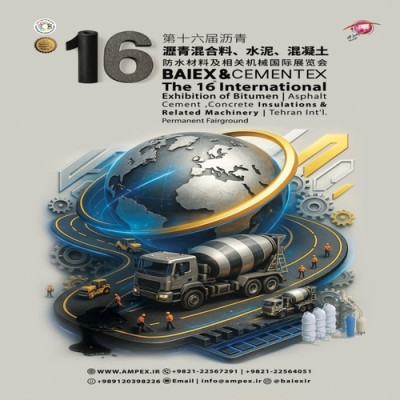China’s strong demand for petroleum and further reduction in supply by OPEC+ producers have led analysts to forecast a further reduction in petroleum reserves and thus an increase in petroleum prices in the coming months.
During an upward movement, the price of Brent oil broke the channel of $75-$80, which had remained there for months, and rose to more than $85 per barrel, which was the highest price of the last three months. The recent move in petroleum prices coincided with evidence of tighter supply and expectations for the implementation of new economic stimulus measures in China to strengthen the country’s economy.
Banks and analysts predict a significant shortage of supply in the current quarter due to the decrease in production and export of OPEC+ and demand remaining strong despite concerns about economic depression and China’s weak economic performance.
As we move forward, the withdrawal of reserves become visible and the announcement of more economic stimulus measures from China is expected. Meanwhile, analysts say OPEC+ is unlikely to reverse its entire production cut all at once as it is eager to support market stability, or in other words, relatively high petroleum prices above $80 a barrel.
Recent economic data in the U.S. has made traders more optimistic that the Federal Reserve can manage the economy’s “soft landing”, and despite the increase of interest rates last month to a 22-year high can severely curb the growth of inflation without causing severe recession.
Market participants are also optimistic that Chinese authorities will provide more support to the economy after disappointing economic growth and factory activity so far this year.
Brighter economic prospects
After approving the latest round of US interest rate hikes, Federal Reserve Chairman Jerome Powell said: “There is now a significant slowdown in growth forecasts from the end of this year, but due to the recent resilience of the economy, recession is no longer expected.”
Ian Hatzius, head of Goldman Sachs research and the company’s chief economist, wrote: “Last month, Goldman Sachs cut the probability of a recession in the United States in the next 12 months from 25 percent to 20 percent, as recent economic data boosted the bank’s confidence that the reduction of inflation to an acceptable level does not require the occurrence of recession.”
After the Federal Reserve raised interest rates on July 26, Hatzius told the Financial Times: “We believe the Fed is on the right track for a soft landing.”
In addition, according to the Goldman Sachs report, the prospect of Chinese petroleum demand and more economic stimulus in this country, the world’s largest petroleum importer, played the largest role in the increase in petroleum prices in July. Petroleum prices ended July with the biggest monthly gain since January 2022 and the strongest July performance in nearly two decades.
Hopes of more Chinese support for its economy, strong global demand for petroleum and significant supply cuts in July and August have boosted market optimism in recent weeks.
Supply and demand factors support higher prices
The fundamental factors of the petroleum market indicate a positive situation ahead, even more than recent interpretations of the short-term prospects of the global economy.
According to analysts, petroleum reserves in America and Europe are decreasing. However, Chinese stockpiles are rising as the world’s biggest crude importer has ramped up stockpiles to the highest rate in three years, taking advantage of cheaper Russian petroleum to boost total crude imports in June and registering the second monthly high record in petroleum import.
Analysts say that this month and next month, the lack of supply will be visible in the market and it will intensify as the demand reaches its highest level and the supply decreases further.
In addition, as expected by the market, Saudi Arabia, which is the world’s largest petroleum exporter and the leader of OPEC+, will continue to cut its production by one million barrels per day in September. The country cut its petroleum production by one million barrels per day in July and August, and this was in addition to the reduction of about 500,000 barrels per day that it started in May as part of OPEC+ production cuts. Russia has also pledged to reduce its petroleum export by 500,000 barrels per day in August, and there are signs that Russia’s petroleum export will decrease.
As a result, analysts predict a sharp decline in petroleum reserves levels in the coming months, which will support petroleum prices. Demand was stronger than many had expected in the early part of the second quarter. Goldman Sachs Global Director of Commodity Research, Jeffrey Currie, told CNBC on Monday of this week: “Demand for petroleum outside China remained better than most analysts had expected, and with the deep reduction in supply by OPEC+ has ended in a shortage of supply in the market.”
Petroleum reserves appear to have fallen by about 2.2 million barrels per day in July, which is a large drop and bolsters the potential for further increase in prices.
Goldman analysts wrote in a note that global demand for petroleum reached the record of 102.8 million barrels per day in July. The bank expects strong demand to lead to a shortfall of supply by 1.8 million bpd in the second half of 2023 and a shortfall of 600,000 bpd in 2024. As a result of these shortages, Brent oil prices may rise to $93 per barrel in the second quarter of 2024.
According to the Oil Price report, analysts of this Wall Street bank wrote in a note: “The market has abandoned its pessimism about growth.”




















